Months in Japanese – Essential Calendar Words
Welcome to our comprehensive guide on Months in Japanese. In this article, we will delve into the fascinating world of the Japanese calendar, exploring the names of the months, their cultural significance, and how to use them in everyday conversations. Whether you’re planning a trip to Japan, learning the language, or simply curious about Japanese culture, understanding the months of the year is a valuable step.
The Japanese Calendar

Before we dive into the specifics of each month, let’s take a moment to understand the Japanese calendar system. Japan uses both the Gregorian calendar, like much of the world, and the traditional Japanese calendar, known as the koyomi. The koyomi has been in use for centuries and is deeply rooted in Japanese traditions and customs.
The Japanese calendar consists of twelve months, each with its own unique name and cultural significance. These names are used in various contexts, from formal documents to everyday conversations. Understanding them will not only enhance your language skills but also provide insights into Japanese history and culture.
Names of the Months
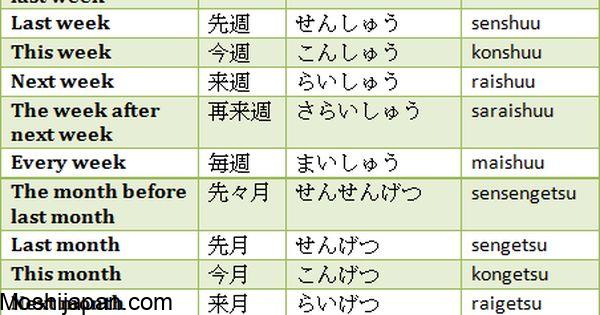
Now, let’s explore the names of the months in Japanese. Here is a list of the months along with their Japanese characters and pronunciations:
- January – 一月 (いちがつ, Ichigatsu)
- February – 二月 (にがつ, Nigatsu)
- March – 三月 (さんがつ, Sangatsu)
- April – 四月 (しがつ, Shigatsu)
- May – 五月 (ごがつ, Gogatsu)
- June – 六月 (ろくがつ, Rokugatsu)
- July – 七月 (しちがつ, Shichigatsu)
- August – 八月 (はちがつ, Hachigatsu)
- September – 九月 (くがつ, Kugatsu)
- October – 十月 (じゅうがつ, Jūgatsu)
- November – 十一月 (じゅういちがつ, Jūichigatsu)
- December – 十二月 (じゅうにがつ, Jūnigatsu)
Cultural Significance
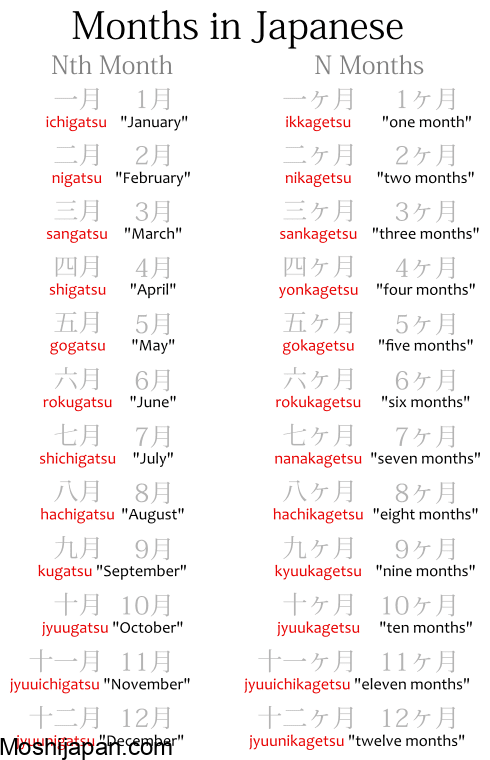
Each month in the Japanese calendar holds its own cultural significance and often plays a role in festivals, traditions, and daily life. Let’s explore some of the key aspects of this cultural significance:
- January (Ichigatsu): This is the month of New Year’s celebrations in Japan. Families come together, visit temples, and enjoy special foods like osechi ryori.
- April (Shigatsu): Cherry blossoms, known as sakura, bloom in April, marking the beginning of spring. Hanami, or cherry blossom viewing parties, are a cherished tradition during this time.
- July (Shichigatsu): The month of July is associated with Obon, a festival to honor deceased ancestors. It is a time for families to come together and pay their respects.
- December (Jūnigatsu): December is synonymous with Christmas celebrations in Japan, although it is not a traditional Japanese holiday. It’s a time for romantic dinners and exchanging gifts.
Using Months in Japanese
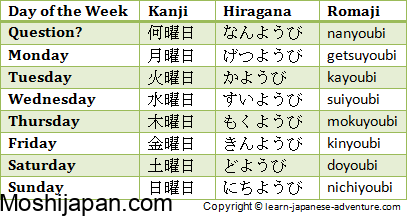
Learning how to use the months in Japanese is essential for effective communication. Here are some common phrases and expressions that incorporate the months:
- 今月 (こんげつ, Kongetsu): This means “this month” and is used when referring to the current month.
- 来月 (らいげつ, Raigetsu): “Next month.” Useful for making future plans.
- 先月 (せんげつ, Sengetsu): “Last month.” Used when discussing past events.
- 今年 (ことし, Kotoshi): “This year.” Helpful for discussing events in the current year.
- 来年 (らいねん, Rainen): “Next year.” Useful for future planning and goal setting.
FAQ
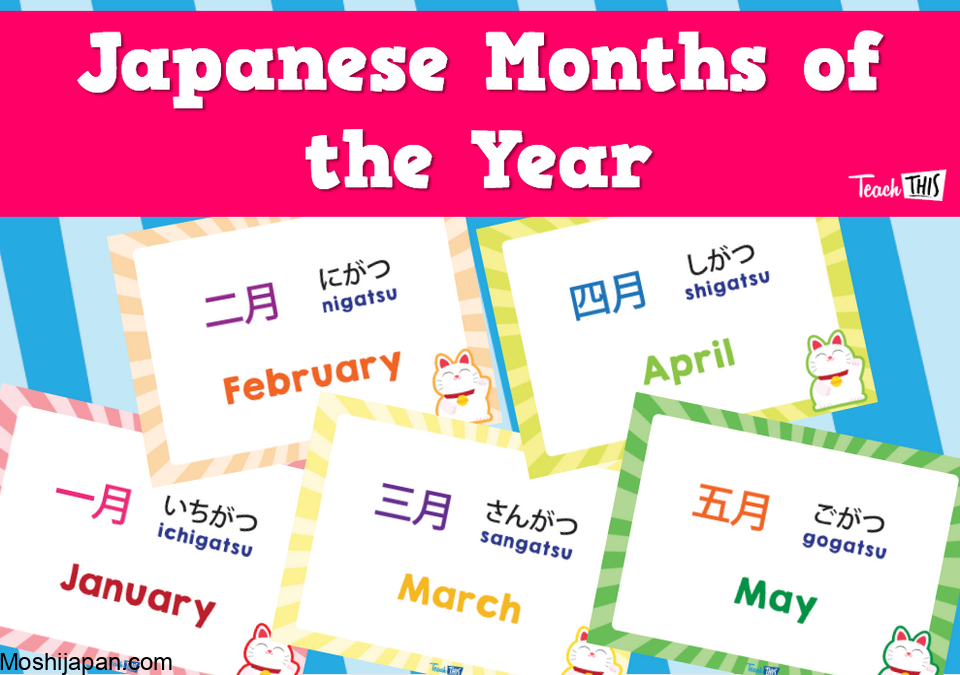
Q1: What is the Japanese word for “month”?
A1: The Japanese word for “month” is 月 (つき, Tsuki).
Q2: Are there any special traditions associated with specific months in Japan?
A2: Yes, many months have unique traditions and festivals associated with them. For example, April is known for cherry blossom viewing parties (hanami), while July is a time for Obon festivals to honor ancestors.
Q3: How can I practice using the months in Japanese?
A3: You can practice by creating sentences that involve the months, such as talking about your plans for next month or your favorite month of the year.
Conclusion
In this comprehensive guide, we’ve explored the months in Japanese, their cultural significance, and how to use them in everyday conversations. Whether you’re learning the language or simply interested in Japanese culture, understanding the months of the year is a valuable step. Embrace the rich history and traditions associated with each month, and you’ll gain a deeper appreciation for Japan’s unique calendar system.
Thank you for joining us on this journey through the Japanese calendar. If you have any more questions or topics you’d like us to explore, feel free to reach out.
tag
- how to say i lovie you in japan 2024
- living in japan
- nice to meet you in japanese
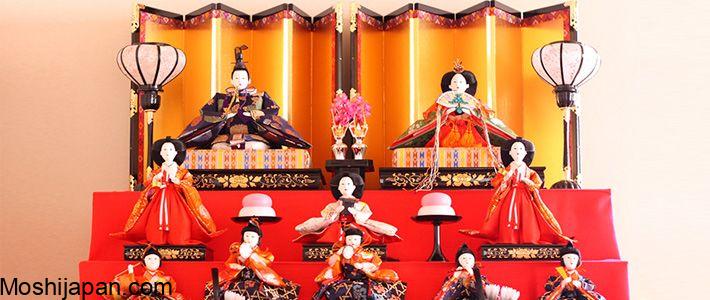

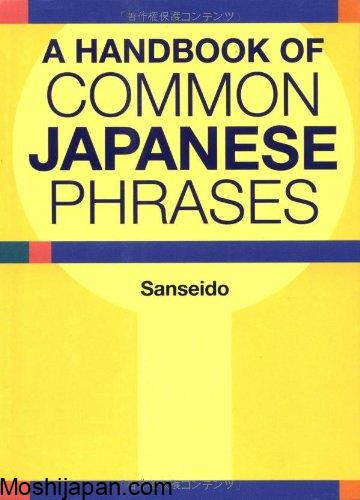
0 Comments